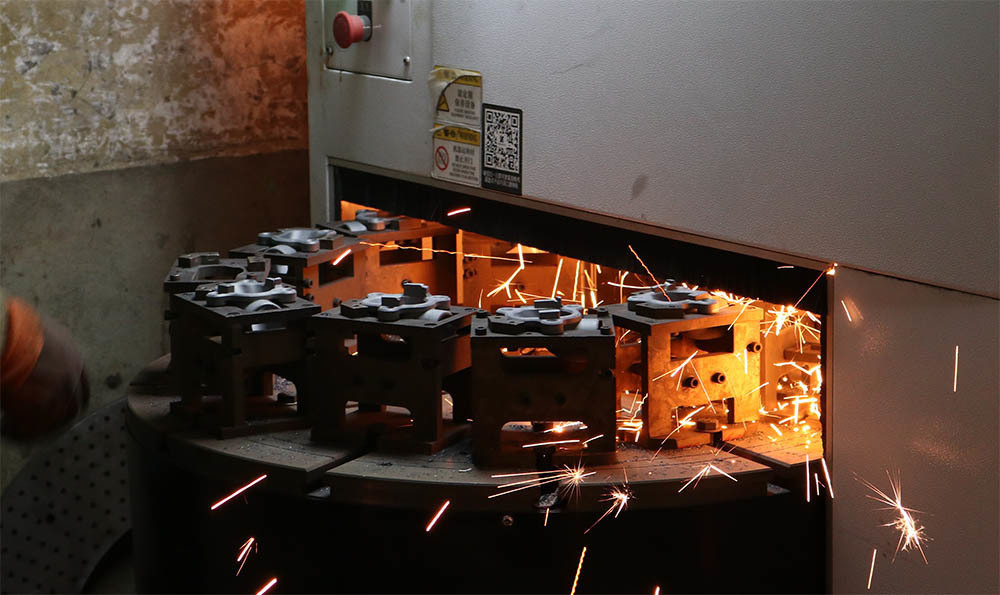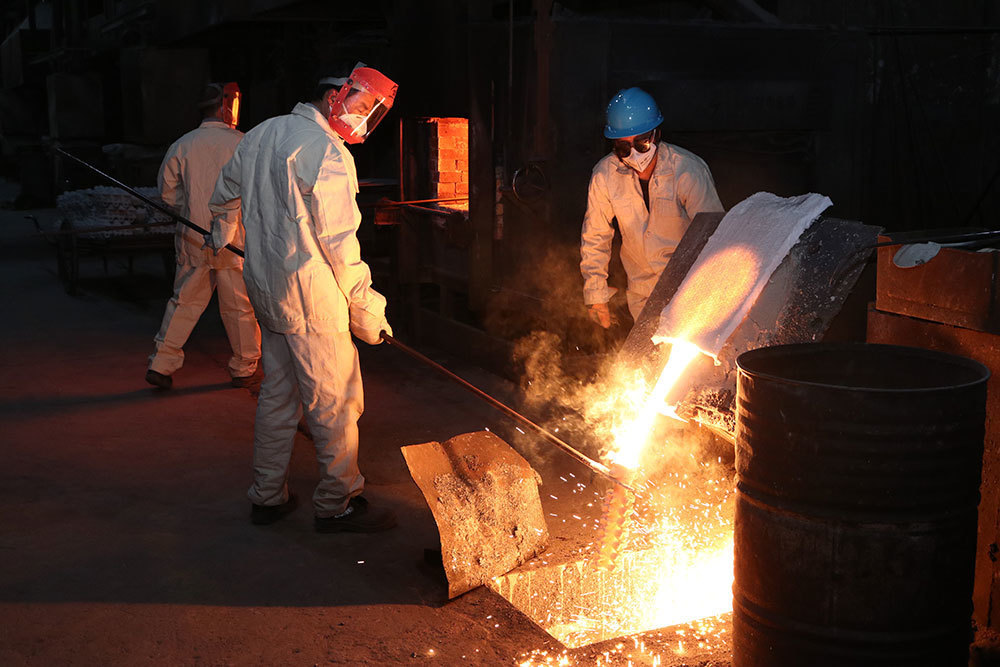2024-02-05
Silica sol added to cement? Silica sol can also be used in the infrastructure industry
Silica sol has a wide range of uses, I did not expect to add silica sol in cement and the advantages are not small, take a look!
Treatment of soil with silica sol can improve compressive strength and stability, and can be used for roadbed construction. Silica sol is used to treat cement, which can be endowed with compression resistance, high temperature resistance, weather resistance, good water hardness and other characteristics. Used in conjunction with cementitious materials, it can significantly improve the overall performance of cementitious materials, such as improving mechanical properties, compressive strength, durability, etc. , and improve the strength and service life of the building. At the same time, it can be used for repairing, reinforcing and protecting the surface of cement-based buildings to improve the building quality.
The following properties of silica sol give it the function of reinforcing cementitious materials.
(1) High dispersion of silica sol. Silica sol consists of silica nanoparticles with a particle size of about 5-100 nm, giving it better dispersibility. Added into the castables in liquid form, it can be better dispersed in the powder and improve the performance of the castables.
(2) Silica sol has excellent reactivity. When silica sol is used as binder, the strength of the castables can be obtained through sol-gel reaction. Compared with silica micropowder, silica nanoparticles have a larger specific surface area and higher surface energy, which can improve the reaction rate and the degree of reaction between particles in the castables at a lower temperature.
(3) Silica sol has good adhesion. As the silica nanoparticles in silica sol have small and uniform particle size, the siloxane bond is formed between the nanoparticles after drying to form a special network structure with certain bonding strength. In addition, the silica sol has a low viscosity and can penetrate into the pores of the particles, thereby wrapping the particles in a gel structure formed by the dried silica sol, leading to a higher binding strength.
(4) When some metal ions such as Ca2 and Mg2 are added to the silica sol, the metal ions open the Si-O-Si (siloxane bond) and form a new chemical bond, Si-O-M (metal), which has better properties than the siloxane bond, such as a stronger bond and a shorter bonding time.
2024-01-20
2024-01-20









